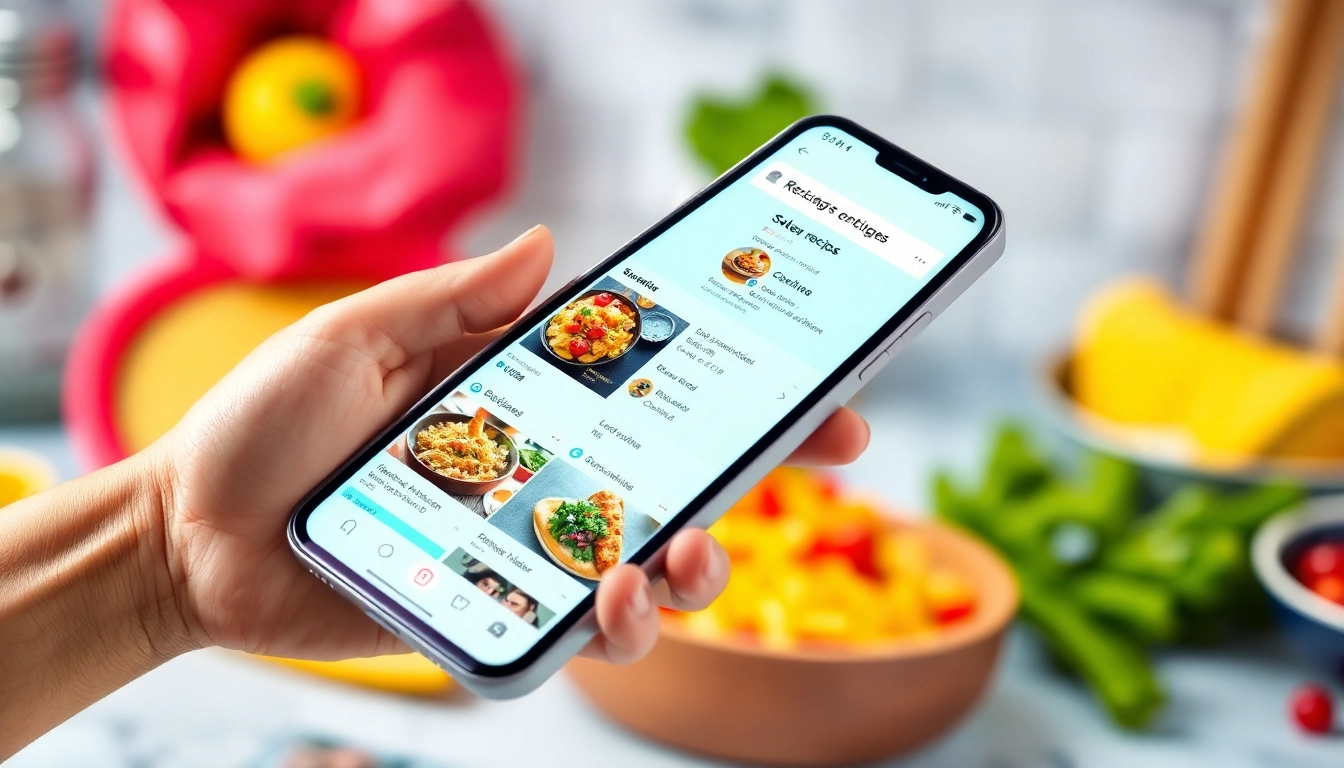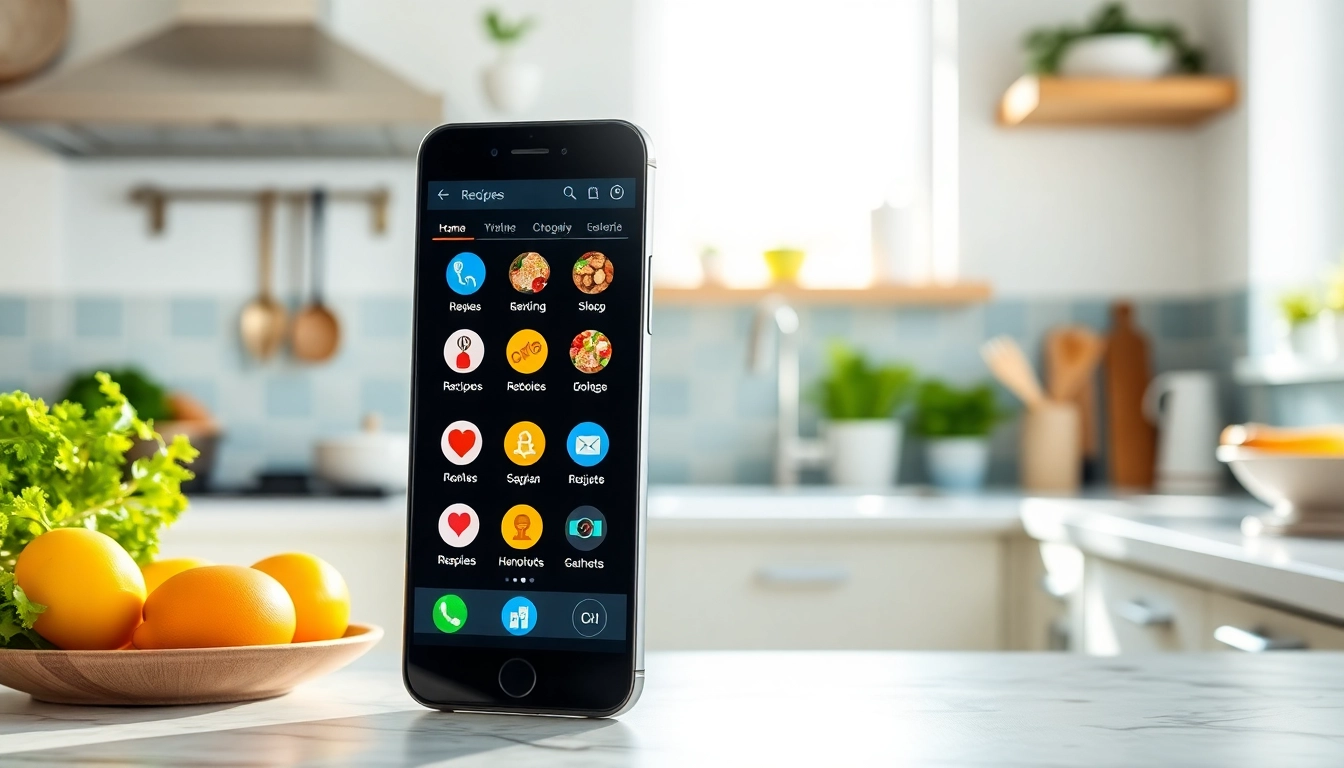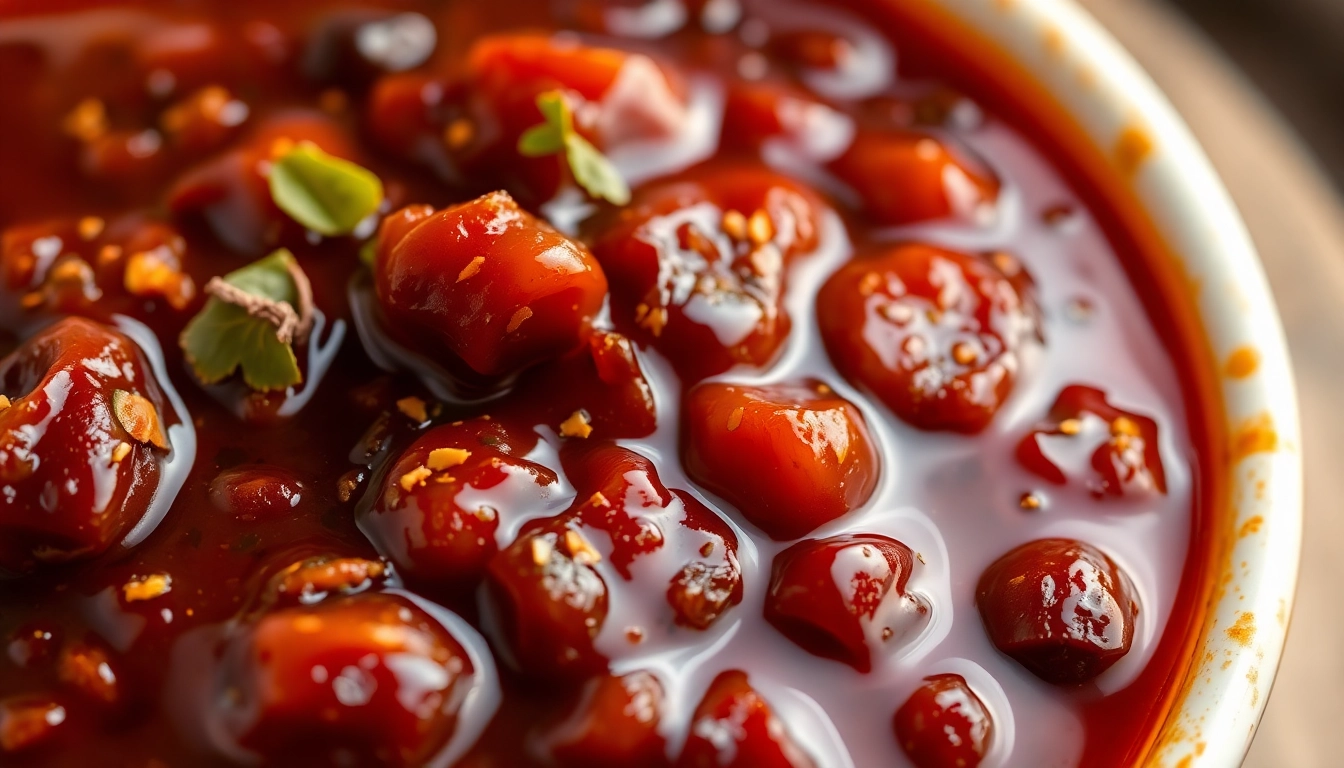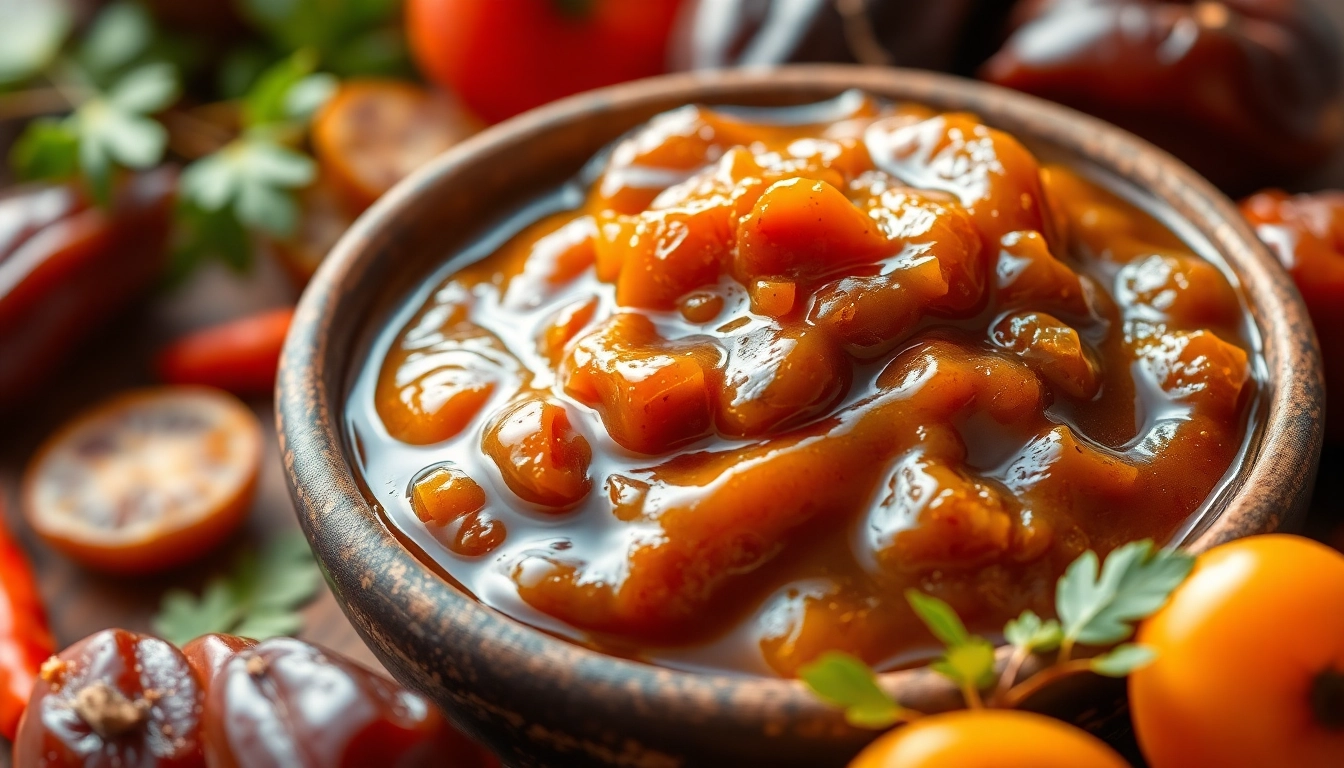Introduction to Saving Recipes from Social Media Platforms
In today’s digital age, social media platforms have become the primary source of culinary inspiration for millions of home cooks, professional chefs, and food enthusiasts alike. Platforms such as Instagram, TikTok, Facebook, YouTube, and Pinterest are teeming with vibrant recipes, cooking tips, and innovative meal ideas shared in real-time. However, a significant challenge remains: how can you preserve these fleeting digital gems for future reference?
save recipes from social media with ease and organization? This is where modern tools and best practices come into play, transforming ephemeral content into a lasting digital collection that enhances your cooking experience and streamlines meal planning.
Understanding the Benefits of Digital Recipe Storage
Storing recipes digitally offers numerous advantages over traditional paper recipes or bookmarking links without organization. First and foremost, it provides effortless access across devices—smartphones, tablets, laptops, and desktops—allowing you to retrieve your favorite recipes anytime, anywhere. Digital storage also mitigates risks of losing precious recipes due to misplaced notebooks, torn pages, or expired links.
Moreover, digital recipe collections facilitate easy searchability through keywords, tags, or categories, saving valuable time when looking for a specific dish. They support multimedia integration—photos, videos, and notes—enriching your cooking process and making recipes more understandable and engaging. Additionally, sharing your curated collection with friends or family becomes straightforward, nurturing a sense of community and shared culinary exploration.
Advanced apps even enable integration into meal planning templates, shopping lists, and dietary tracking, making your culinary pursuits more holistic and efficient.
Popular Platforms for Sharing Cooking Inspiration
Understanding where most recipes originate helps in strategizing how to save and organize them. Key platforms include:
- Instagram: Visual-centric, perfect for short videos, reels, and photos. Many users share step-by-step photos or short clips of their recipes.
- TikTok: Rapid-fire videos showcasing quick recipes, cooking hacks, and trending food challenges often go viral.
- Facebook: Diverse groups and pages feature recipes, live cooking sessions, and community exchanges.
- YouTube: In-depth recipe tutorials, cooking demonstrations, and culinary vlogs provide comprehensive guidance.
- Pinterest: Curated recipe boards and links to external blogs or websites serve as inspiration sources.
Each platform offers unique content formats, which necessitate varied strategies and tools for effective saving and organization.
Common Challenges in Saving Social Media Recipes
Despite the abundance of culinary content, many faced challenges when attempting to save and organize recipes from social media:
- Ephemeral Content: Stories or reels are temporary, often disappearing after 24 hours or being deleted.
- Inconsistent Formats: Recipes come in multiple formats—text, video, images—requiring different handling methods.
- Paywalls and Sponsored Content: Some recipes are behind paywalls or embedded within promotional content, complicating extraction.
- Difficulty in Data Extraction: Copying recipes manually can be cumbersome, especially when content is embedded in videos or images.
- Disorganized Storage: Without a structured system, saved recipes quickly become cluttered and hard to retrieve.
Overcoming these challenges involves leveraging specialized tools designed for seamless extraction, organization, and management of social media recipes.
Tools and Apps for Saving Recipes from Social Media
Top Apps That Make Saving Recipes Easy
Several dedicated applications simplify the process of saving, organizing, and accessing social media recipes. Noteworthy options include:
- Flavorish: Enables users to import recipes directly from Instagram, TikTok, Facebook, YouTube, and other sources by sharing content to the app. It automatically extracts recipe details, images, and videos, then organizes them for easy retrieval. Explore more about Flavorish.
- ReciMe: Offers a centralized platform for collecting all favorite recipes, including those from social media, with features for grocery lists and meal planning. Supports cross-platform sync.
- Recipe Keeper: Available across multiple devices, supports importing images, PDFs, and notes, making it ideal for comprehensive recipe management.
- Social Media-Specific Tools: Apps like Mela can extract recipes even from behind paywalls or complex formats, making social media recipe saving more accessible.
Features to Look for When Choosing a Recipe Saver
When selecting an app or tool, consider the following features:
- Multi-platform Compatibility: Ability to synchronize across devices and operating systems.
- Easy Import and Sharing: One-tap sharing from social media platforms or browser extensions for quick saves.
- Automatic Extraction: Capability to parse images, videos, and embedded content to extract relevant recipes.
- Organization Tools: Tags, categories, notes, and search functions for efficient management.
- Collaboration and Sharing: Options to publish or share recipes with friends and family.
- Integration Features: Compatibility with meal planners, shopping lists, and dietary trackers boosts usability.
Step-by-Step Guide to Importing Recipes from TikTok and Instagram
Here’s a practical process to save recipes from popular social media platforms:
- Identify the Recipe: Find the engaging content—be it a video or post—that contains the recipe you want to save.
- Share or Copy Link: Use the platform’s share feature to copy the link or share directly to your recipe-saving app if available.
- Use the App’s Import Function: Open your preferred recipe app (e.g., Flavorish or ReciMe) and use the import option, such as ‘Share to…’ or browser extension, to bring the recipe into your collection.
- Automatic Parsing and Saving: The app will analyze the content, extract ingredients, instructions, and images, then store it systematically.
- Edit and Categorize: Review the imported recipe, add custom notes, tags, or categories for easier future access.
With these tools and techniques, you can effortlessly build an organized, dynamic digital recipe collection that grows with your culinary adventures.
Best Practices for Organizing and Managing Your Saved Recipes
Create Categories for Easy Access
Organization begins with categorization. Group recipes by meal type (breakfast, lunch, dinner), cuisine (Italian, Asian, vegetarian), or occasion (holiday, quick meals). Most apps allow custom folders or tags, making retrieval swift and intuitive.
Using Tags and Notes for Customization
Supplement categorization with descriptive tags—such as ‘Gluten-free,’ ‘Low-carb,’ or ‘Family Favorite’—to facilitate filtered searches. Add notes for modifications or tips, turning static recipes into personalized culinary guides.
Syncing Across Devices for Seamless Access
The power of cloud synchronization ensures that your recipe collection updates in real-time across smartphones, tablets, and computers. Cloud sync minimizes data loss risks and enables collaborative sharing with others.
Advanced Tips for Maximizing Your Recipe Collection
Integrating Saved Recipes into Meal Planning
Leverage your organized recipes by integrating them into weekly meal plans. Use dedicated meal planning apps that sync with your recipe collection, allowing you to generate shopping lists based on selected recipes. This reduces last-minute grocery trips and streamlines cooking routines.
Sharing Your Digital Cookbook with Family and Friends
Most recipe apps provide sharing functionalities—via links, email, or social media. You can create shared folders or collaborative cookbooks for family members or roommates, fostering communal cooking experiences and meal collaboration.
Regular Maintenance and Updating Your Collection
Set periodic review intervals to prune outdated or redundant recipes, update ingredients based on seasonal availability, and incorporate new discoveries. Quality over quantity ensures your collection remains relevant, inspiring, and practical.
Measuring Success and Improving Your Recipe Saving System
Tracking Popular and Favorite Recipes
Use app analytics or manual logs to identify frequently accessed recipes. Prioritize these for quick access or consider highlighting them in dedicated folders, making your favorites readily available.
Using Feedback to Optimize Storage Strategies
Pay attention to your own usage patterns and adapt by grouping recipes more effectively or adding specific tags. Gathering feedback from family or friends sharing your collection can provide valuable insights for better organization.
Leveraging User Reviews and Community Advice
Explore community forums, online reviews, and social media groups to discover new tools, tips, and techniques for recipe management. Peer advice can reveal innovative solutions tailored to your needs.
By continuously refining your approach, you build a robust, highly functional digital cookbook that enhances your culinary journey and keeps your favorite recipes at your fingertips.



